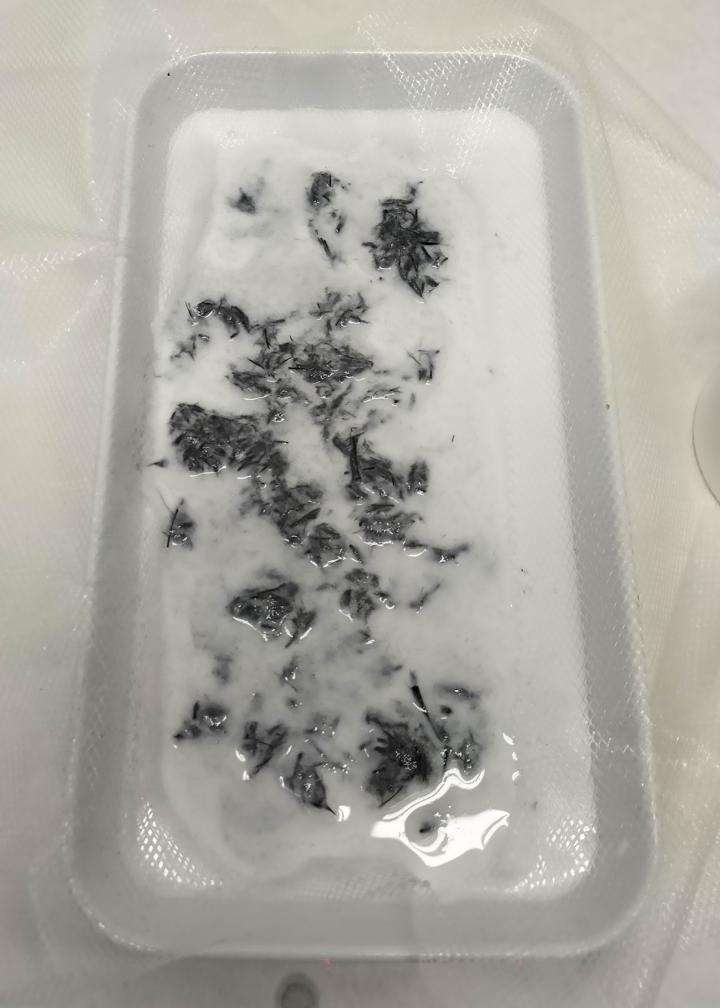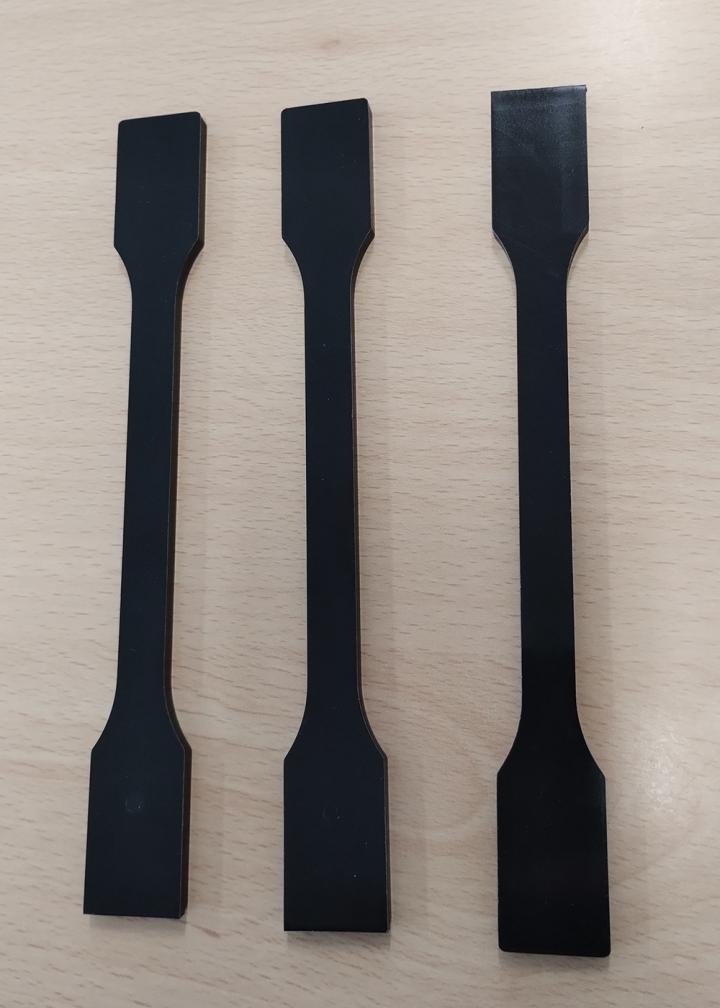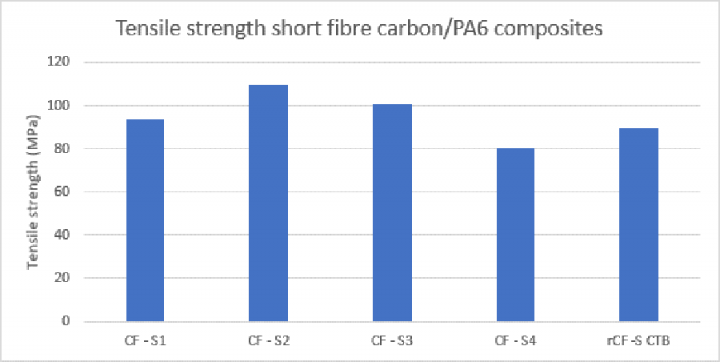Carbon fibres are one of the most commonly-used fibres to reinforce composite materials. Their properties are excellent: light weight, high stiffness, mechanical strength, dimensional stability, and corrosion resistance. Because of these properties and the high price of carbon fibres, it is interesting to recycle them.
The Helacs project studies the recycling of composites used in aircrafts in the aim to recover and recycle carbon fibres via an optimized pyrolysis and to process them into new composites.
The main task of Centexbel is to produce new thermoplastic composites based on the recycled carbon fibres.
In view of the low bulk density of recycled carbon fibres it is difficult to directly process them on the compounding line. To dose the fibres, they are first compressed into pellets. However, carbon fibres can be brittle, so they can disintegrate into dust during compaction.
To avoid this and to improve their processability, we have developed a sizing formulation that is applied onto the fibres before compounding. The sizing formulation is a water-based solution containing a binder that improves the adhesion between the carbon fibres and the polyamide (PA) matrix.
The sized fibres are then combined with the PA matrix to be compounded into pellets. Afterwards, short fibre reinforced composites are produced through injection moulding.
The tensile strength of these composites (rCF – S CTB) was determined and compared to recycled post-industrial carbon/PA composites containing different sizings (CF-S1, CF-S2, CF-S3, CF-S4). The results show that the tensile strength is comparable with benchmark composites.
Read more about the Helacs project
Acknowledgements
This project has received funding from the Clean Sky 2 Joint Undertaking under the European Union’s Horizon 2020 research and innovation programme under grant agreement Nº 101007871.









